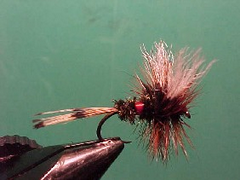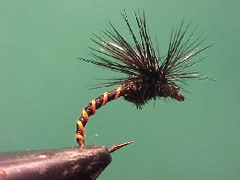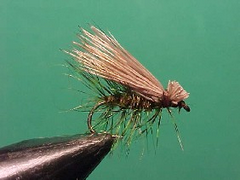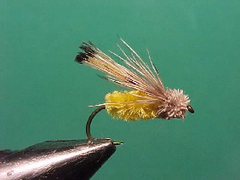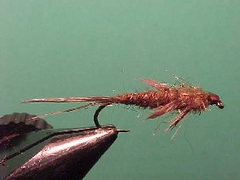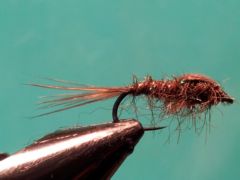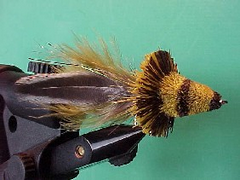Hair winged royal coachman
I tie a few hair winged duns but don’t tie them as representations of any particular Dun or Spinner (imago) stage of any specific insect. The Hair Winged Royal Coachman is an excellent example of a hair winged dun. It evolved from origins in England of the 1800’s.

